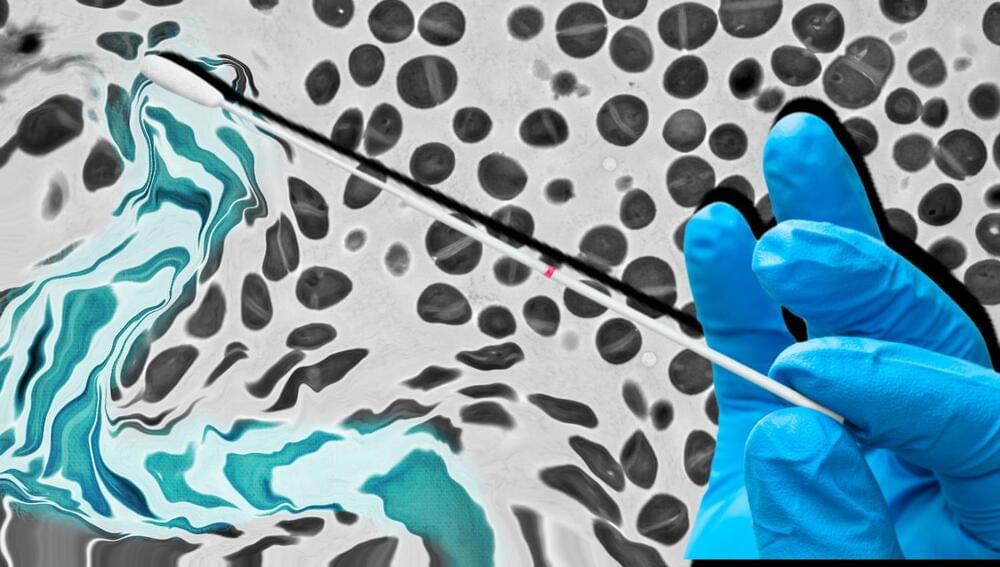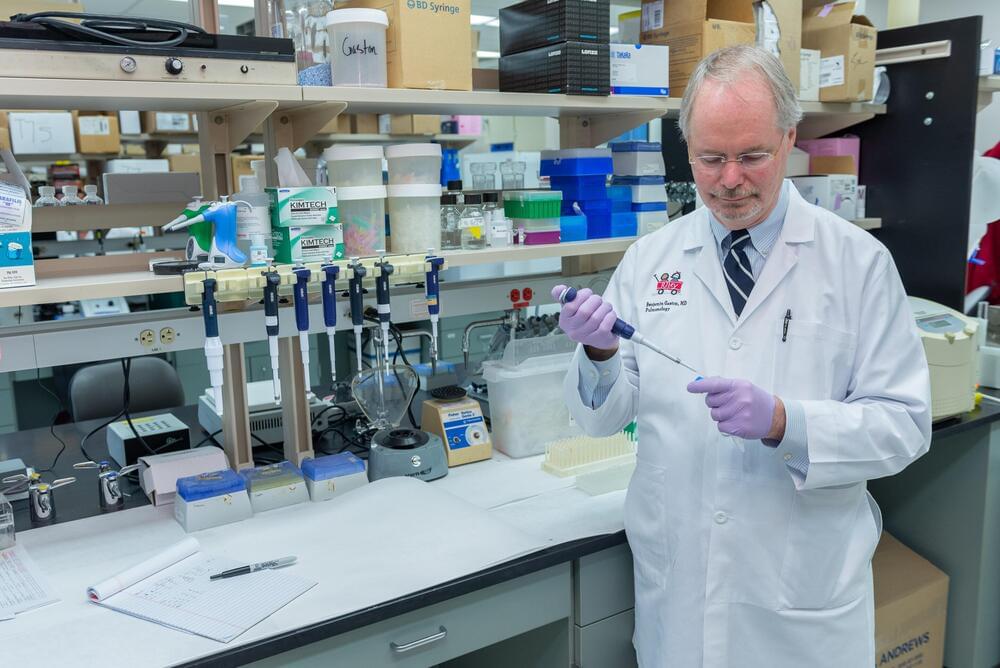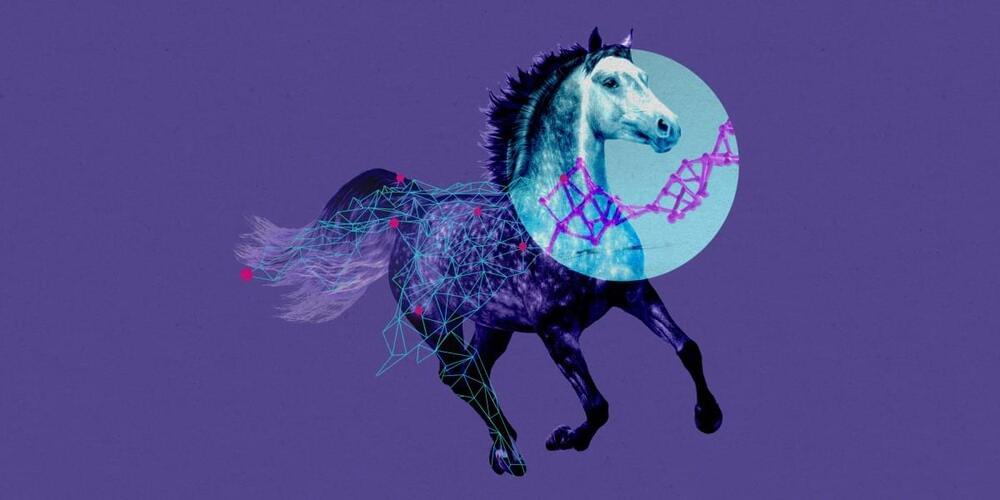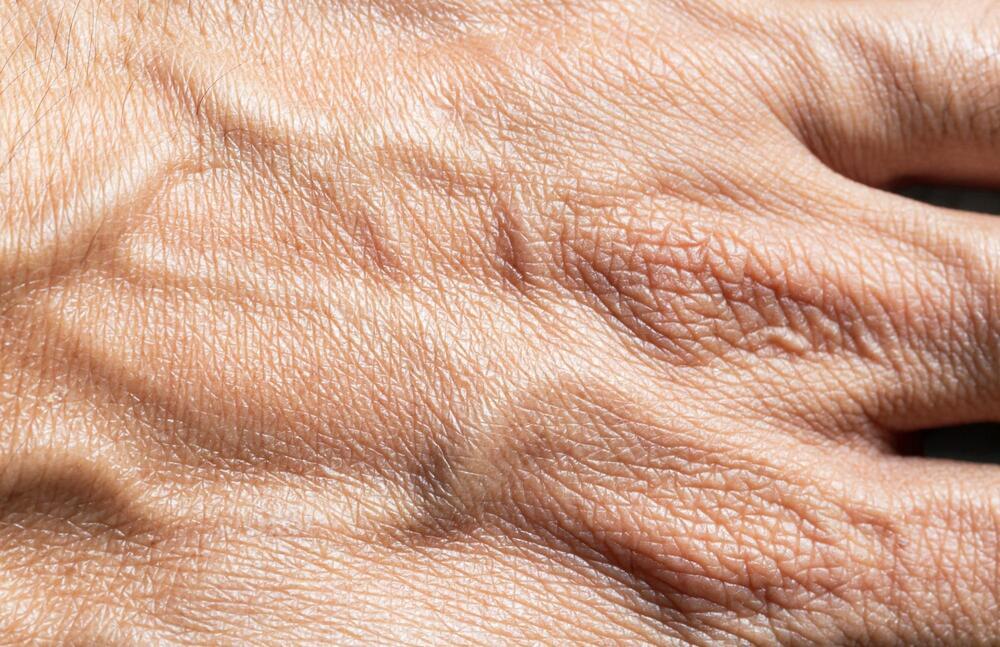Researchers reveal that complete blood count setpoints are stable, patient-specific biomarkers that persist for decades, offering new avenues for personalized medicine and precision diagnostics.



The instrument uses light to move atoms to measure incredibly small forces.
A new study finds that chimpanzees’ self-medication has helped scientists identify some promising plants for future pharmaceuticals. In the study, Oxford researchers have identified no less than 13 plants with potent wound-healing and infection-fighting properties.
The researchers made this astounding discovery thanks to the help of wild chimpanzees. By observing them in the wild, the team found that chimps tend to eat bark, dead wood, and leaves that are not part of their diet when sick or injured.
The instrument uses light to move atoms to measure incredibly small forces.
A self-correcting atom interferometer amplifies signals, aiding detection of ultra-weak forces from dark matter, dark energy, and waves.
There’s a very simple answer for why we need this. In one word, it’s connection. Touch is what connects us to each other and it connects us to the world around us. And if I can actually reach and feel something, it’s real to me.

Imagine a world in which a vaccine is a cream you rub onto your skin instead of a needle a health care worker pushes into your one of your muscles. Even better, it’s entirely pain-free and not followed by fever, swelling, redness or a sore arm. No standing in a long line to get it. Plus, it’s cheap.
Thanks to Stanford University researchers’ domestication of a bacterial species that hangs out on the skin of close to everyone on Earth, that vision could become a reality.
“We all hate needles — everybody does,” said Michael Fischbach, PhD, the Liu (Liao) Family Professor and a professor of bioengineering. “I haven’t found a single person who doesn’t like the idea that it’s possible to replace a shot with a cream.”

Indiana University School of Medicine researchers have uncovered compelling evidence that children with primary ciliary dyskinesia (PCD), a rare genetic disorder affecting airway function, are significantly more likely than children without PCD to have asthma. The findings, recently published in a JAMA Network Open research letter, highlight the importance of routine asthma screening for children with PCD and suggest some children with asthma may have undiagnosed PCD.
An estimated 1 in 10,000 to 30,000 people in the United States have PCD. It affects the microscopic, hair-like structures called cilia that line the airways and help clear mucus, leading to an increased risk of serious breathing problems and infections in people with the inherited condition.
“The connection between PCD and asthma has not previously received much attention,” said Benjamin Gaston, MD, the Billie Lou Wood Professor of Pediatrics at the IU School of Medicine, who co-led the study. “Our data analysis revealed an undeniable link, showing children with PCD were 22 times more likely to have asthma compared to children without PCD characteristics.”


